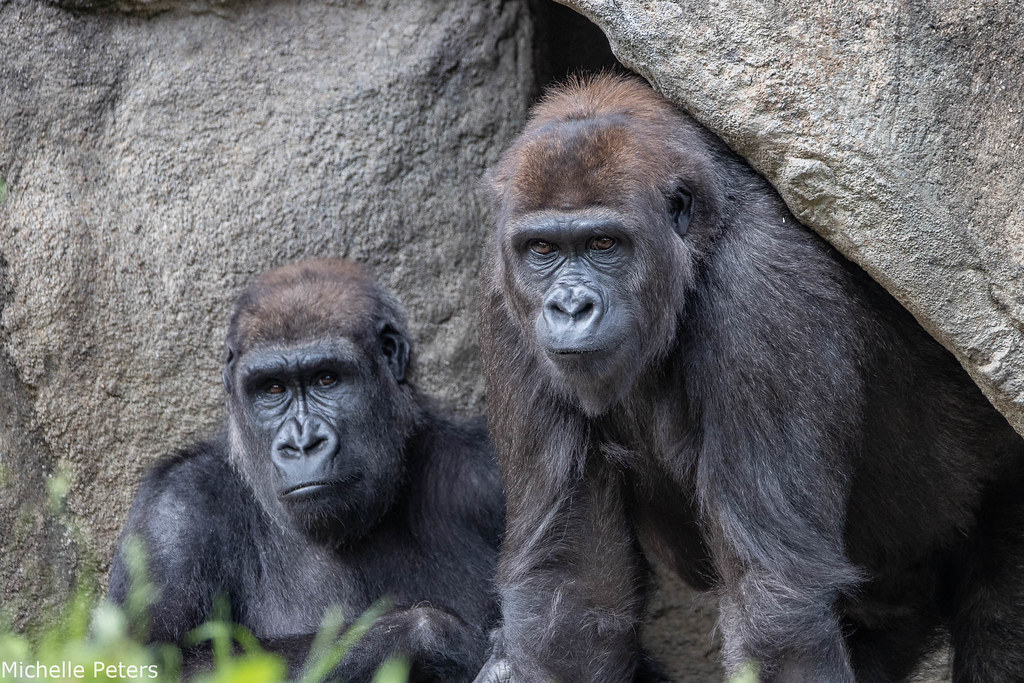Otto the Baby Potto Spotted in Night Hunters
 Cincinnati, OH (February 17, 2016)— If you are patient and let your eyes adjust, you may see 2-month-old “Otto” the potto the next time you visit Cincinnati Zoo & Botanical Garden’s Night Hunters exhibit. Only five U.S. Zoos exhibit pottos, and seven of the 16 in zoos live at the Cincinnati Zoo.
Cincinnati, OH (February 17, 2016)— If you are patient and let your eyes adjust, you may see 2-month-old “Otto” the potto the next time you visit Cincinnati Zoo & Botanical Garden’s Night Hunters exhibit. Only five U.S. Zoos exhibit pottos, and seven of the 16 in zoos live at the Cincinnati Zoo.
“The baby has been hard to spot. It was about the size of a human thumb when it was born and also the same color as the mom’s chest, which is where Otto can be found most of the time,” said Mike Dulaney, Curator of Mammals. “Most potto moms park (a term used to describe leaving infants on a branch) their young in order to go off and feed on their own, but Mosi has been reluctant to leave her baby.”
 Otto has spent so much time on mom that keepers haven’t gotten close enough to determine the baby’s gender. “Otto is good name whether it’s male or female. We chose the name to honor former board chairman and longtime Zoo supporter Otto M. Budig Jr.,” said Cincinnati Zoo Director Thane Maynard.
Otto has spent so much time on mom that keepers haven’t gotten close enough to determine the baby’s gender. “Otto is good name whether it’s male or female. We chose the name to honor former board chairman and longtime Zoo supporter Otto M. Budig Jr.,” said Cincinnati Zoo Director Thane Maynard.
The baby, large for its age, is starting to change color and will soon shift to a piggyback position. This should make it easier for visitors to see the new addition to Night Hunters.
About Pottos
Primates are generally categorized into three groupings—monkeys, apes, and prosimians. Typically thought to be more primitive than other primates, prosimians tend to be small and nocturnal. The big-eyed potto certainly fits the bill. Unlike other animals, pottos don’t make a nest when the baby is born – the baby clings to the mom and blends in with her belly.
Using clamp-shaped hands and feet, with opposable thumbs and big toes, the potto climbs slowly and carefully through the rainforest canopy, and rarely comes down from the trees. If danger is near, the potto holds very still to blend in, and can hold its position for hours. If attacked, the potto tucks down its head and projects the bony processes between its shoulder blades that act as a shield. It can also inflict a nasty bite.
Night Hunters is free with Zoo admission.

